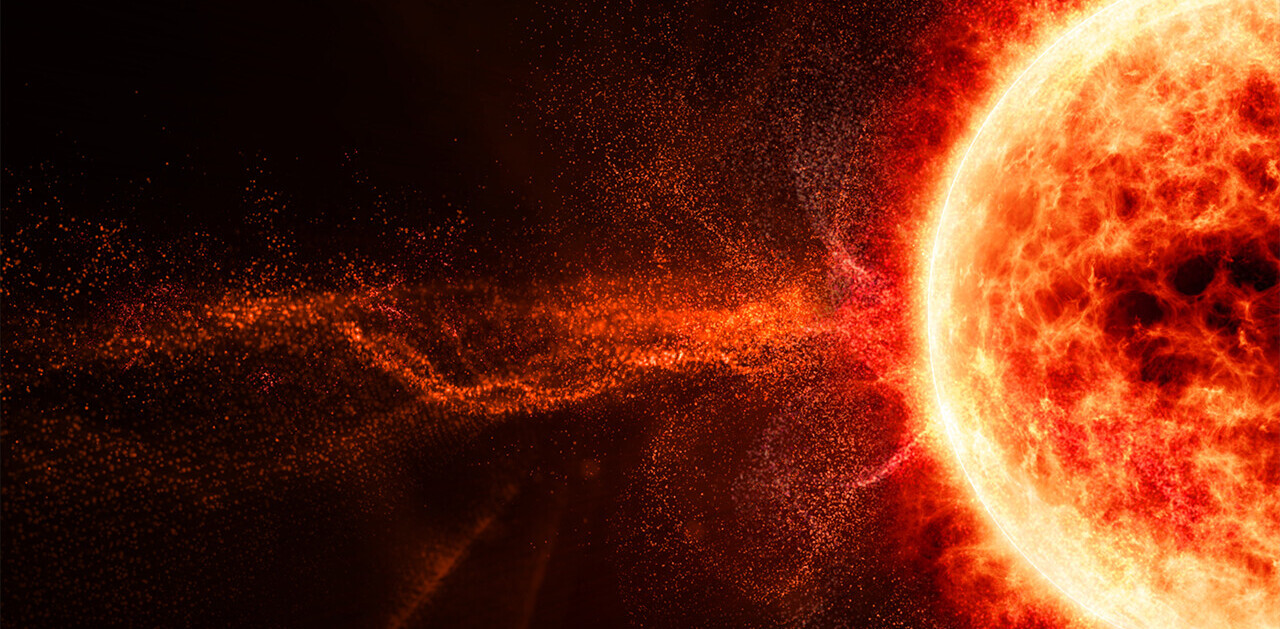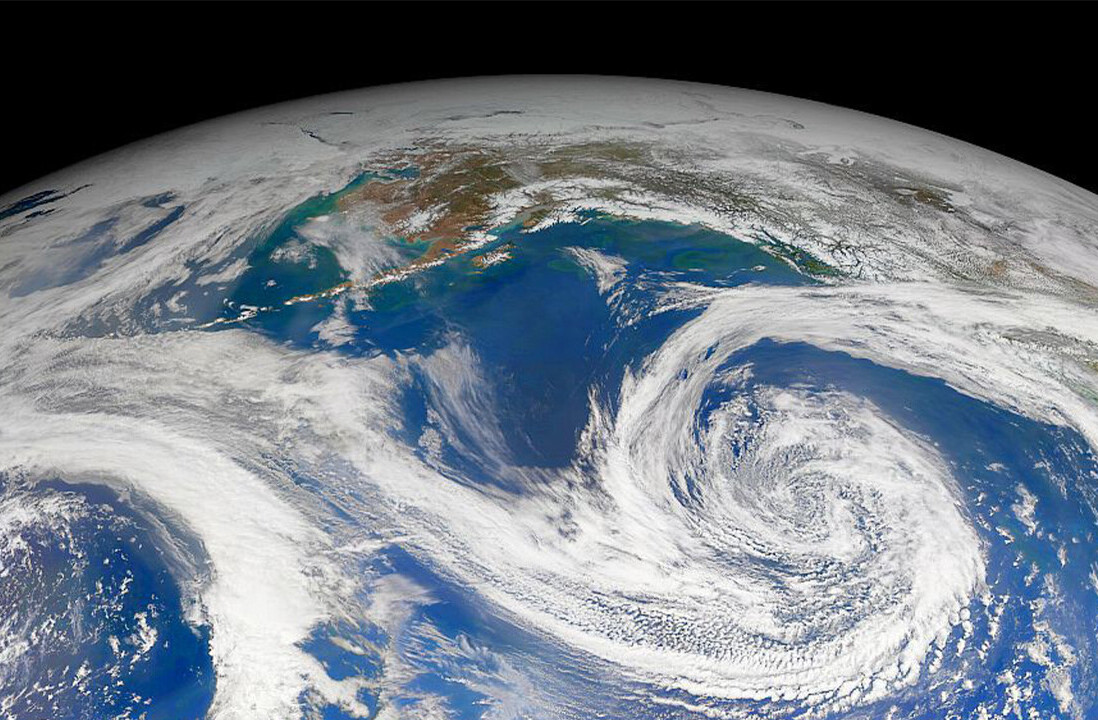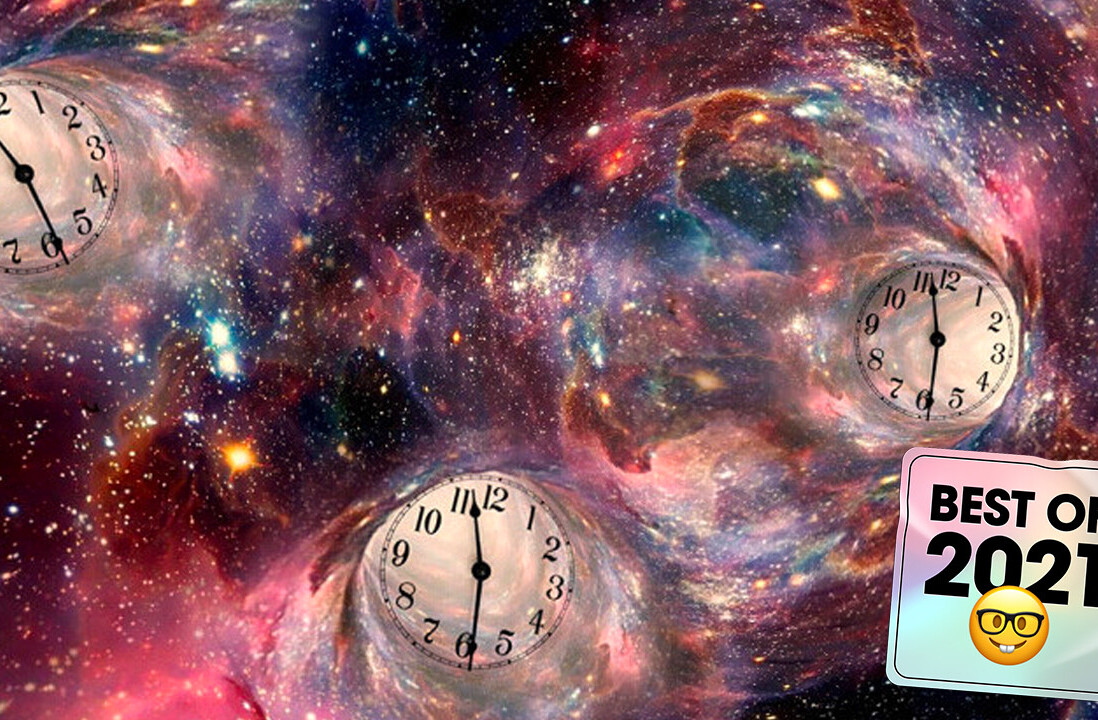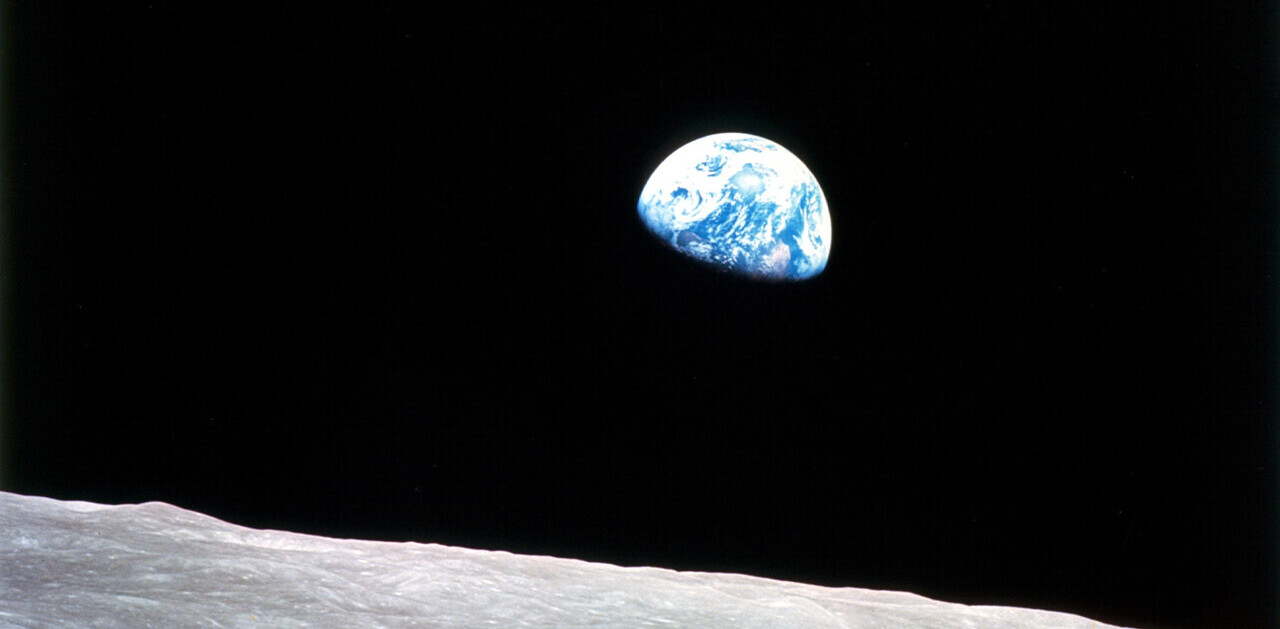This Thursday and Friday night, 12–13 August, skygazers in the northern hemisphere will be treated to the return of the annual Perseid meteor shower — one of the best such displays of the year!
On a typical year, skygazers can see 60–100 shooting stars each hour during these annual displays. This offers one of the best chances of the year (weather-permitting) to journey outside and view wonders of the night sky.
Messy Comets and Ravenous Birds
Most of the annual meteor showers are the result of the Earth encountering a stream of debris left behind by a passing comet. The Perseid meteor shower is no exception to the rule.
The Perseid meteor shower results when the Earth moves (nay, barges) into the path of debris left behind by Comet Swift-Tuttle as it passes near the orbit of Earth once every 133 years.
This comet, discovered in 1862 by Lewis Swift and Horace Tuttle, is massive — 26 km (16 miles) across — twice the size of the comet which ended the age of the dinosaurs. (However, this event did lead, in part, to a race of occasionally-clever mammals who now work for money to buy bird seed, in order to fill the bellies of ravenous winged beings at bird feeders. So who’s the real winner here? The birds, that’s who).

When the Perseids Come Back to Capistrano
The Perseids return each year sometime between 17 July and 24 August, but usually peak between 9–13 August. This ballyhoo from beyond the Earth is frequently accompanied by fireballs — dazzlingly bright shooting stars that can stretch far across the sky.
The debris which forms meteors is typically the size of an apple seed or smaller. Fireballs are what happens when larger pieces of extraterrestrial debris race through the atmosphere.
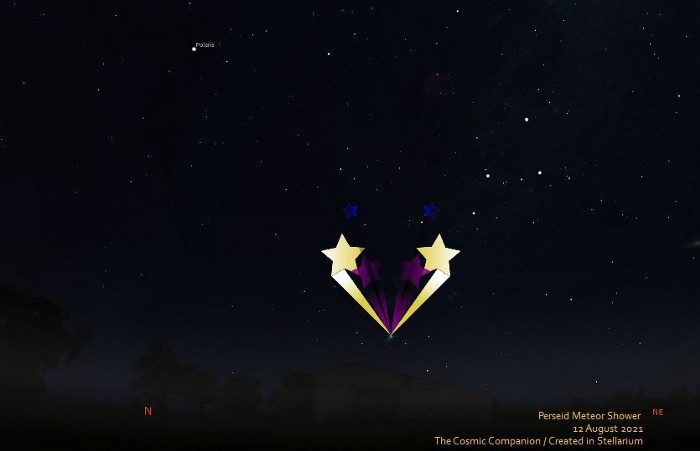
This celestial spectacle is centered around the constellation Perseus. (In Greek mythology, Perseus is best-known for slaying Medusa, and saving Andromeda from the sea monster Cetus.)
In order to best watch these falling stars, it is best to head out to a dark area, away from city lights.
There is no special equipment needed to watch meteor showers, although a comfortable chair and a cooler of your favorite snacks and drinks is highly recommended.
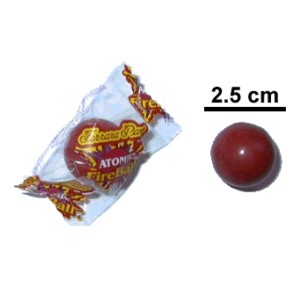
Remember that it takes 20–30 minutes for human eyes to fully adapt to the dark, so it is important to be patient when viewing these displays. If you need a light, red light (available in most flashlight apps) won’t ruin night vision!
The dazzling trail of lights seen are the result of tiny pieces of rock and metal from space burning up as they race through our atmosphere, entering at over 212,000 kilometers per hour (133,000 MPH).
There is a famous (although erroneous) quote usually attributed to Thomas Jefferson: “…it was easier to believe that two Yankee Professors could lie than to admit that stones could fall from heaven.”
Research by Anna Berkes, research librarian at Monticello finds, however, the actual quote of the third President (from a letter) reads as follows:
“[W]here facts are suggested, bearing no analogy with the laws of nature as yet known to us, their verity needs proofs proportioned to their difficulty… It may be very difficult to explain how the stone you possess came into the position in which it was found. But is it easier to explain how it got into the clouds from whence it is supposed to have fallen?”
The first half of that quote reads a lot like Carl Sagan’s famous statement that “extraordinary claims require extraordinary evidence.” In our modern day, this is sometimes known as the Sagan Standard.
Enjoy the show!
This article was originally published on The Cosmic Companion by James Maynard, the founder and publisher of The Cosmic Companion. He is a New England native turned desert rat in Tucson, where he lives with his lovely wife, Nicole, and Max the Cat. You can read the original article here.
Get the TNW newsletter
Get the most important tech news in your inbox each week.

